It's been exactly two weeks since Apple released the new iOS 13 and watchOS 6, and a week since iPadOS 13 and tvOS 13 were released. Today, the long-awaited macOS 10.15 Catalina also joins the new systems. It brings many new features and improvements. Let's therefore briefly introduce them and summarize how to update to the system and which devices are compatible with it.
From new applications, through higher security, to useful functions. Even so, macOS Catalina could be summed up in a nutshell. Among the most interesting novelties of the system are clearly the three new applications Music, Television and Podcasts, which directly replace the canceled iTunes and thus become the home of individual Apple services. Along with this, there was also a reworking of the current applications, and changes were made to Photos, Notes, Safari and, above all, Reminders. In addition, the Find app has been added, which combines the functionality of Find iPhone and Find Friends into one easy-to-use app for finding people and devices.
A number of new features have also been added, especially Sidecar, which allows you to use the iPad as a second display for your Mac. Thanks to this, it will be possible to use the added values of Apple Pencil or Multi-Touch gestures in macOS applications. In System Preferences, you'll also find the new Screen Time feature, which made its debut on iOS a year ago. This allows you to get an overview of how much time the user spends on the Mac, which applications he uses the most and how many notifications he receives. At the same time, he can set selected limits on how much time he wants to spend in applications and web services. In addition, macOS Catalina also brings the extended usability of the Apple Watch, with which you can not only unlock the Mac, but also approve the installation of applications, unlock notes, display passwords or gain access to specific preferences.
Security was not forgotten either. macOS Catalina thus brings Activation Lock to Macs with the T2 chip, which works the same way as on an iPhone or iPad - only someone who knows the iCloud password can erase the computer and reactivate it. The system will also ask the user for each application's consent to access data in the Documents, Desktop and Downloads folders, on iCloud Drive, in folders of other storage providers, on removable media and external volumes. And it is worth noting the dedicated system volume that macOS Catalina creates after installation – the system starts from a dedicated read-only system volume that is completely separated from other data.
We shouldn't forget Apple Arcade, which can be found in the Mac App Store. The new game platform offers more than 50 titles that can be played not only on Mac, but also on iPhone, iPad, iPod touch or Apple TV. In addition, game progress is synchronized across all devices – you can start on a Mac, continue on an iPhone and finish on Apple TV.
Finally, it should be noted that the new macOS 10.15 Catalina no longer supports 32-bit applications. In short, this means that some applications that you used in the previous macOS Mojave will no longer work after updating to the new version of the system. However, there are very few 32-bit applications these days, and Apple will also warn you before the update itself which applications will no longer work after the update.
Computers that support macOS Catalina
The new macOS 10.15 Catalina is compatible with all Macs on which last year's macOS Mojave could also be installed. Namely, these are the following computers from Apple:
- MacBook (2015 and later)
- MacBook Air (2012 and newer)
- MacBook Pro (2012 and later)
- Mac mini (2012 and later)
- iMac (2012 and newer)
- iMac Pro (all models)
- Mac Pro (2013 and later)
How to update to macOS Catalina
Before starting the update itself, we recommend making a backup, for which you can use the default Time Machine application or reach for some proven third-party applications. It is also an option to save all the necessary files to iCloud Drive (or other cloud storage). Once you have the backup done, initializing the installation is easy.
If you have a compatible computer, you can find the update in System Preferences -> Software update. The installation file is approximately 8 GB in size (varies by Mac model). Once you download the update, the installation file will run automatically. Then just follow the instructions on the screen. If you don't see the update right away, please be patient. Apple is rolling out the new system gradually, and it may take a while before it's your turn.
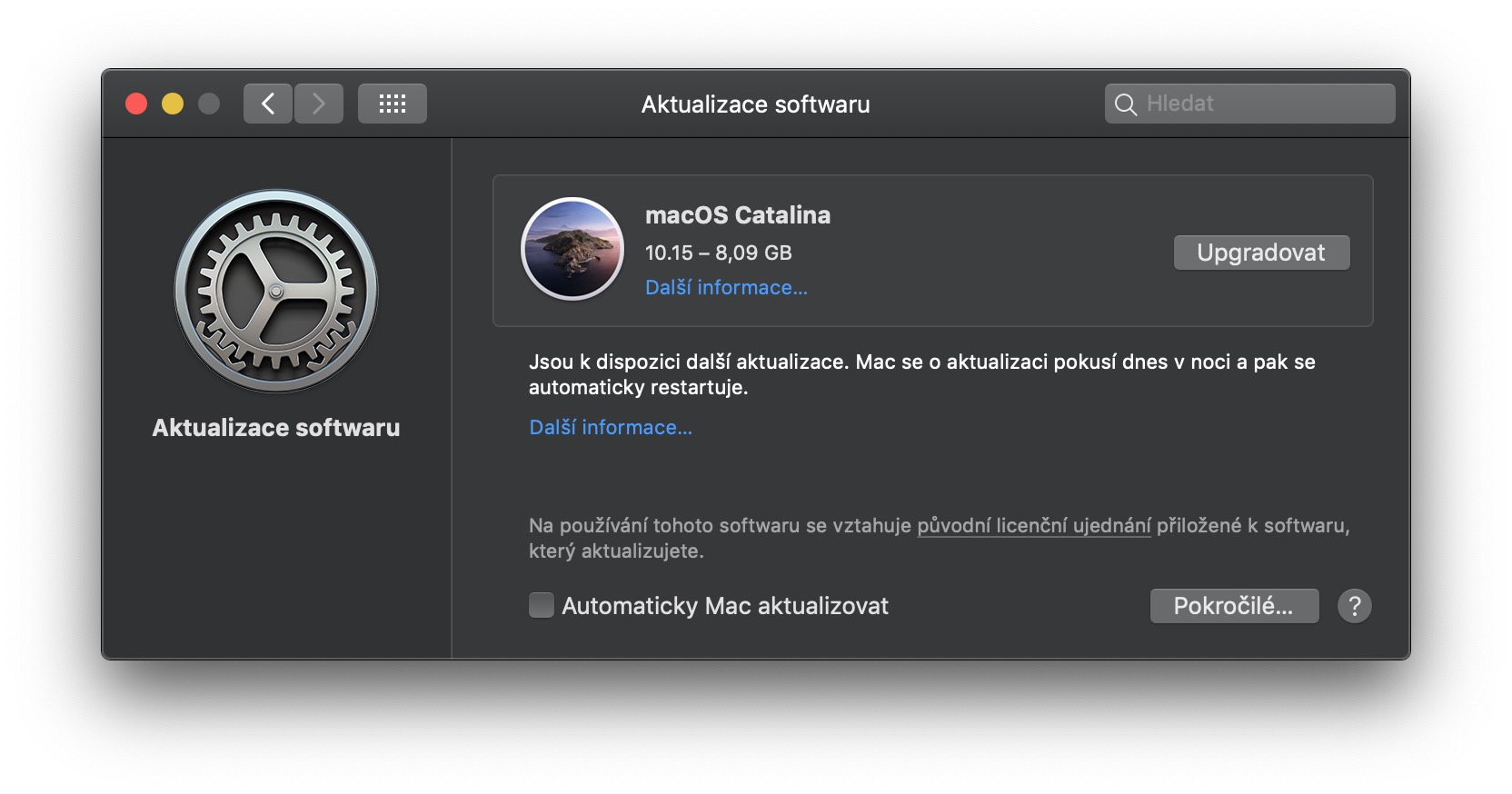
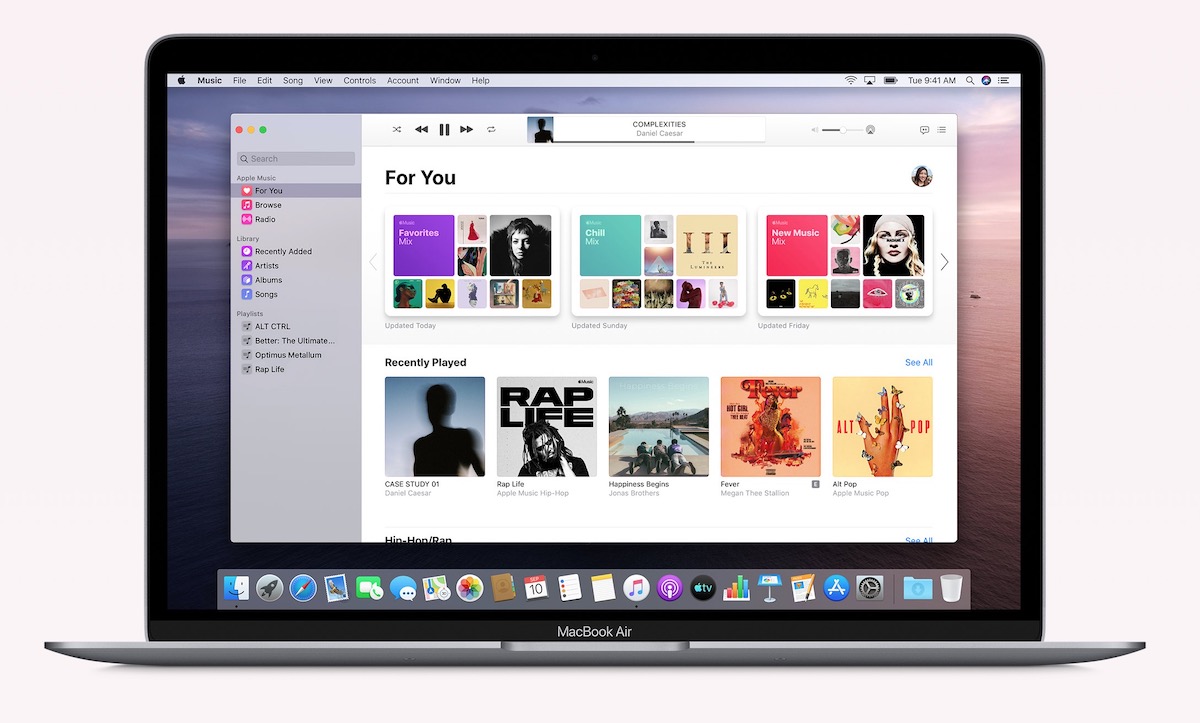
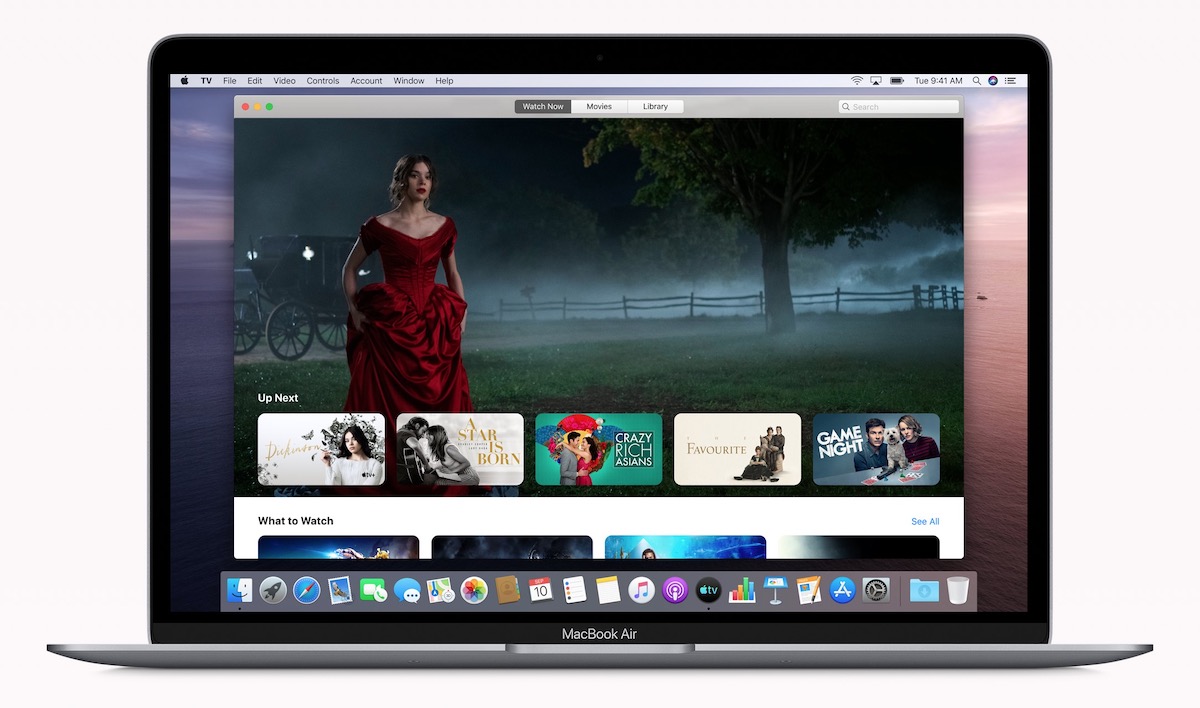
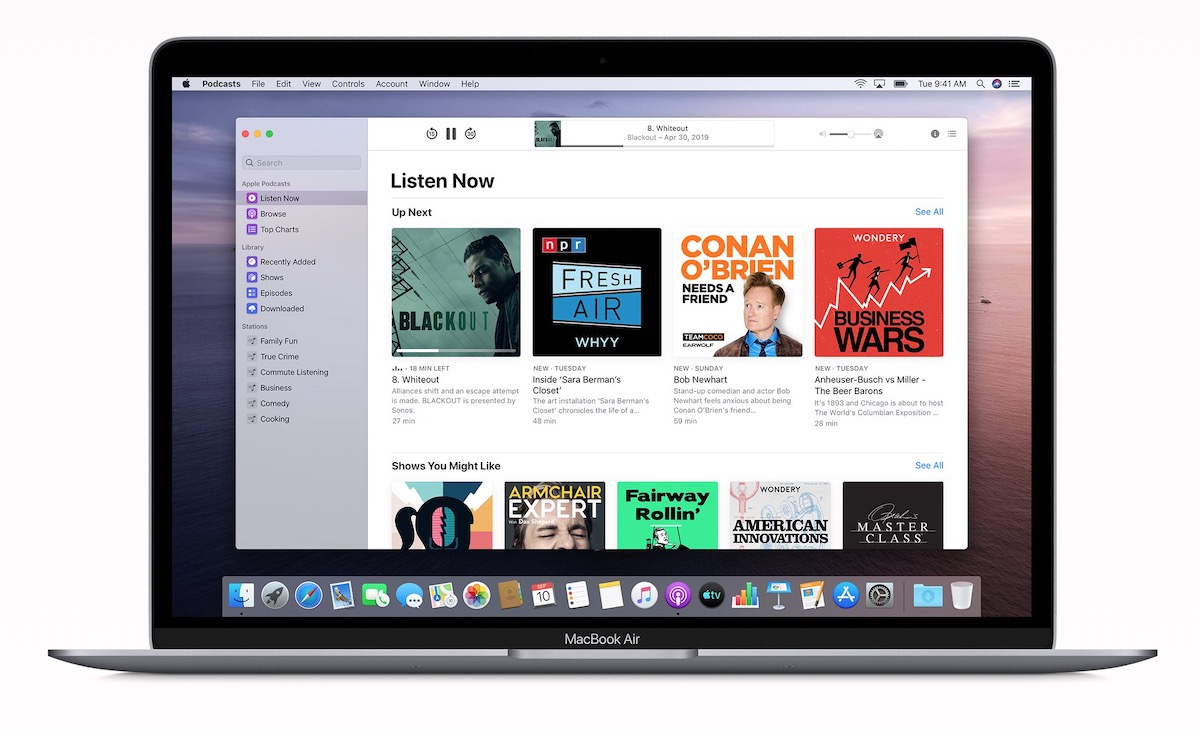

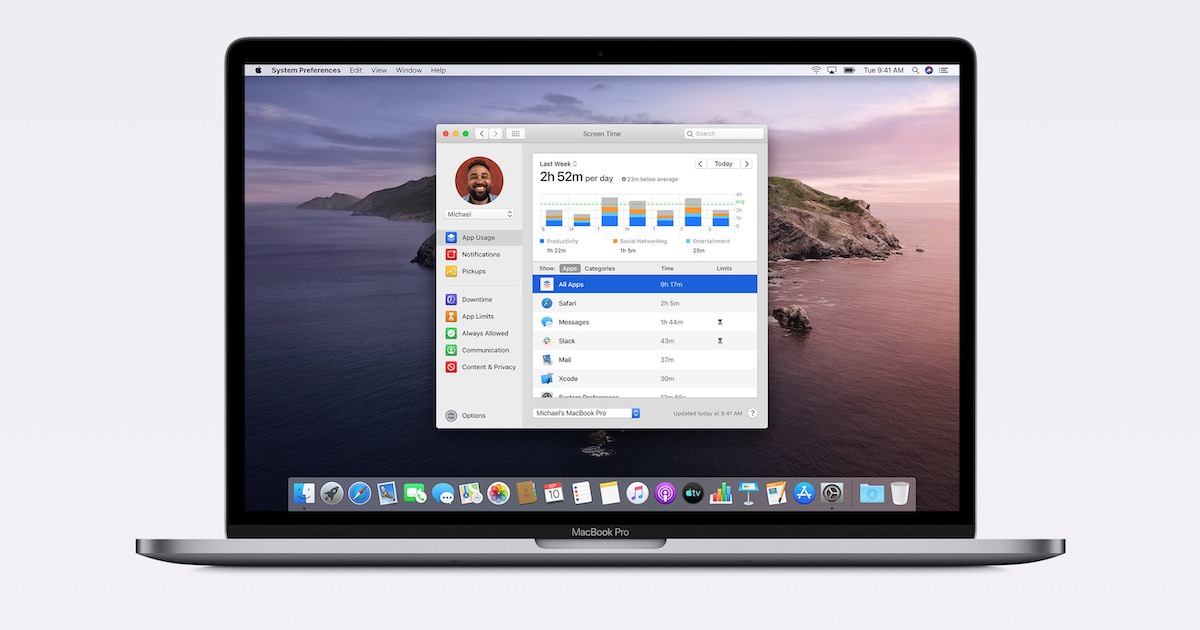
Dashboard?
Apple has permanently removed the Dashboard from macOS Mojave. See article: https://jablickar.cz/dashboard-konec-macos-catalina/
I'd rather wait until Apple releases 10.15.1, 10.15.2 and 10.15.3 next week.
"In addition, macOS Mojave also brings expanded usability of the Apple Watch"
Mojave or Catalina?
Catalina of course. Sorry for the error, fixed.
The Photos app in macOS Catalina and iOS 13 could serve as an example of how not to do it. From the clear arrangement of the previous versions, where the photos were grouped according to where and when they were taken, it is suddenly just a mess, with three completely unusable modes: day, month and year... I really don't understand what the poet wanted to say by this and I wonder how much absinthe he drank .
I still use iPhoto :-)
so I reinstalled on Catalina and my Xerox Phaser 3020 printer stopped working, Xerox has a driver for Mojave. I was looking at System – Application – XeroxPhaser3020 Type 64bit. next……XeroxUniversal 32-bit, not supported. When I print it gives me the message The application "libscmssc.dylib" cannot be opened because its developer cannot be verified. I bought the printer about 3 months ago. What now ? Perhaps not a new printer
It seems to me more and more that Apple is doing exactly what Steve Jobs once changed. It came with simple and user-friendly controls and usage. Today, it starts to look like everything is being done for professionals and developers again, that the normal consumer gets lost in all these gadgets and doesn't need them, but the normal operation is starting to become very confusing.
After updating to Cat. all my applications freeze, I can't work on my computer, after starting and working for about ten seconds, the application freezes and I have to restart it, over and over again - Pages, Adobe, VLC, everything... I have everything updated, don't know what to do with it? Before I step on it? I have mac BookPro2017